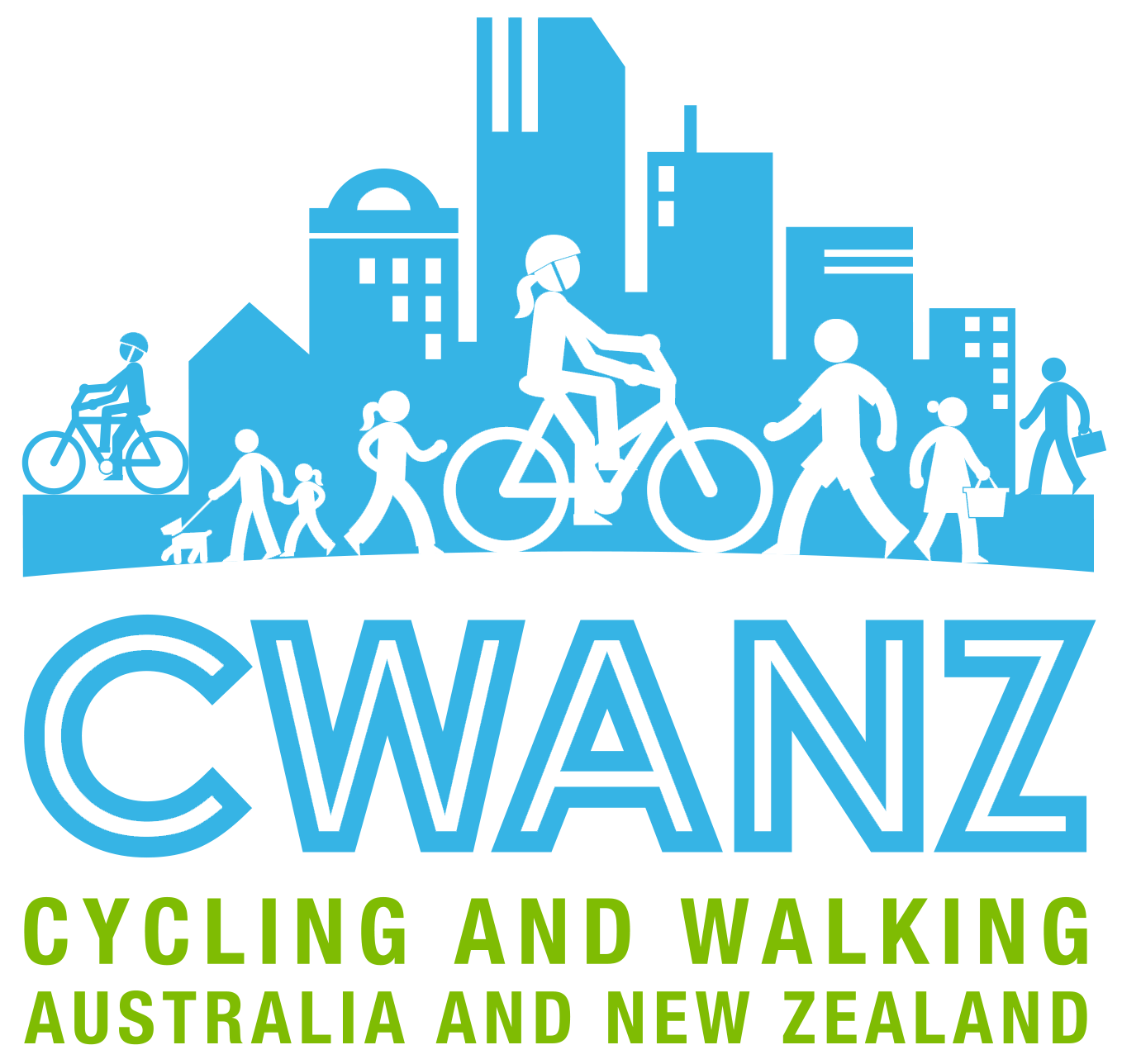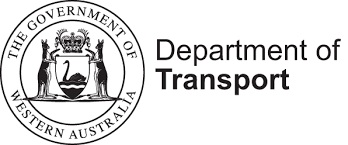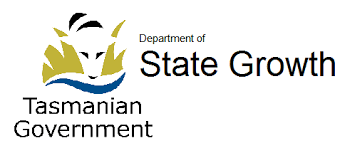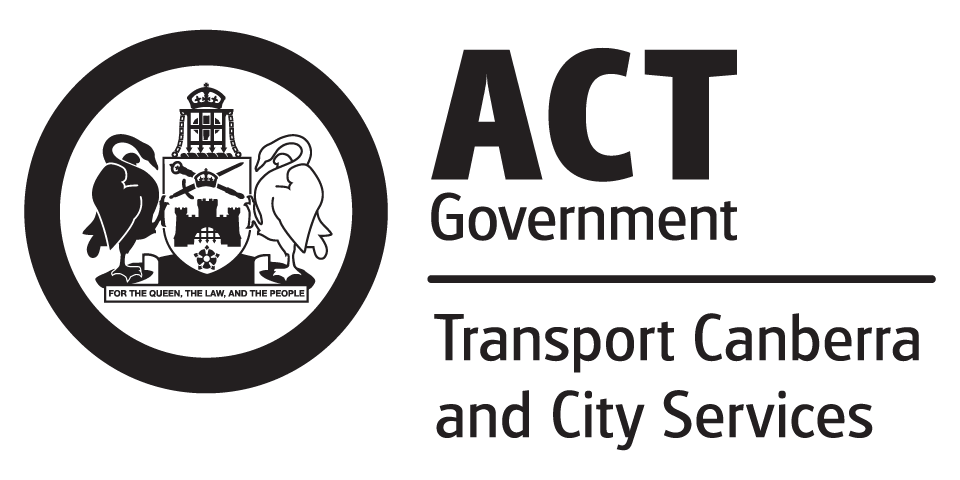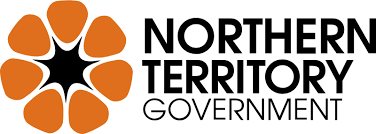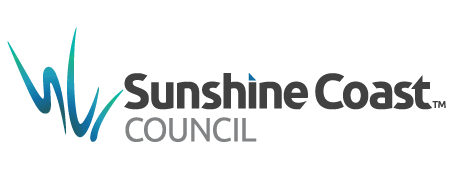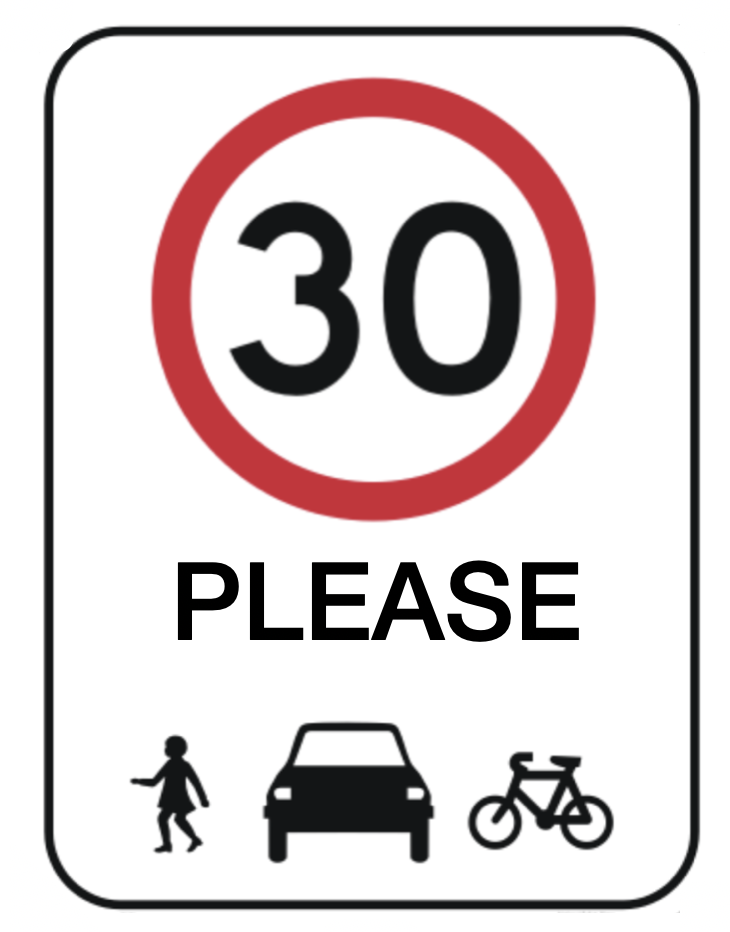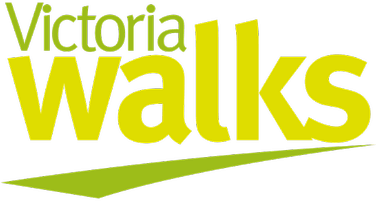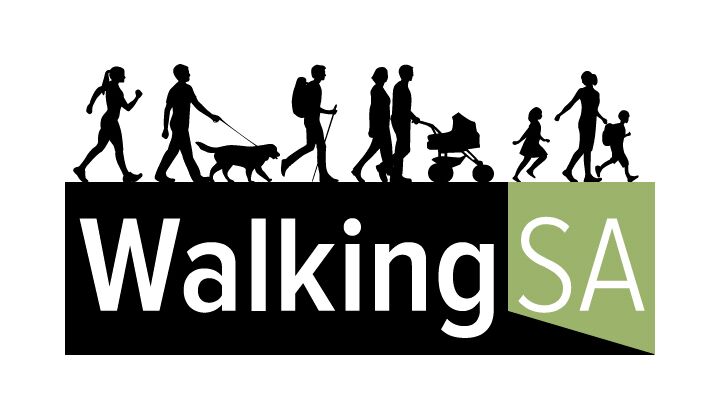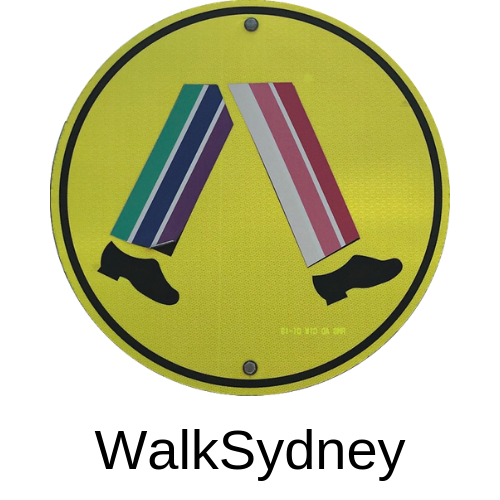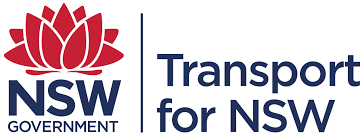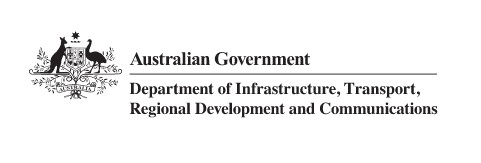Vision
Safe and connected walking, riding, and wheeling networks and neighbourhoods for all
Mission
Working collaboratively to recommend strategies and actions that make walking, riding and wheeling an easy choice and a normal part of everyday life
Objectives
1. Increase the number of people walking, riding and wheeling as integral elements of liveable, healthy and productive communities
To demonstrate that walking and cycling are integral to the design, function and future of our cities, towns and major centres, some key considerations are the:
- Role of walking, riding and wheeling in ‘place-making’ and ‘new urbanism’ approaches, and their integration with broader land use, regional planning, and multi-modal transport options;
- Role of walking, riding and wheeling in providing many different options for everyone of all ages and abilities to get around;
- Potential for walking, riding and wheeling to reduce traffic congestion and pollution, making cities quieter, cleaner, healthier and more liveable.
2. Articulate the value of walking, riding and wheeling
This will be achieved by contributing data, case studies and knowledge to the business cases for investment in walking and cycling.
Key activities will include:
- Developing strategies and collating evidence that highlights the economic and health benefits at local, regional, state and national levels, to be used in business cases that contributes to the evidence-based decision making;
- Maximising returns on investment in walking, riding and wheeling infrastructure by identifying the most cost-effective ways to rapidly expand networks;
- Providing input into relevant key stakeholder consultations, including those related to transport, climate change and health.
3. Share and build knowledge on active transport across Australia and New Zealand
This will be achieved by establishing a recognised forum for information sharing and collaboration among CWANZ members on active transport, focusing on walking and cycling, to avoid duplication of effort and to ensure that truly national approaches are taken.
Key activities will include:
- Sharing knowledge of trials of innovative approaches and demonstration projects to reduce development and implementation time for similar approaches in other jurisdictions;
- Collaborating to learn from the best international experts through study tours, facilitated workshops and international relationships;
- Enabling innovation and knowledge sharing on new technologies through a multi-disciplinary Innovations Working Group that results in demonstration projects and new standards; and
- Enabling high level coordination of:
- Participation and usage data that is comparable across jurisdictions;
- Input into regulations relevant to walking, riding and wheeling; and
- Input into related national agendas and strategies, such as the Australian Government’s National Urban Policy, Transport and Infrastructure Net Zero Roadmap and Action Plan, and National Active Transport Fund.
4. Be recognised as Australia and New Zealand's lead reference group for walking, riding and wheeling on transport networks and participation rates
Using the collective knowledge and experience of our members, we aim to become the foremost authority in Australia and New Zealand on walking and cycling on transport and particpation networks to provide evidence-based independent advice and deliver the best outcomes for all.
What We Do
Cycling and Walking Australia and New Zealand (CWANZ) was formed in late 2017, as the successor to the Australian Bicycle Council. CWANZ is the Australasian lead reference group for walking and bike riding on transport and recreation networks. Members include senior and executive level leaders from all Australian state and territory transport agencies, New Zealand Transport Agency, local government representatives and leading representative organisations for walking, cycling, health and mobility.
CWANZ provides a trans-Tasman forum to progress knowledge and innovation on strategic initiatives and projects that deliver outcomes in the interests of everyone and may not be delivered effectively by jurisdictions working alone.
Collaboration at this level and degree of diversity is a first for Australia and New Zealand and provides the opportunity and leadership to support positive change for more sustainable and efficient mobility across our communities and cities.
The role and function of CWANZ is advisory to Australian and New Zealand Transport Ministers and Governments; it is not a decision-making forum.
Who We Are
Chair
 Dusty (Dustin) Moore
Dusty (Dustin) Moore
Email
Dusty is the Urban Mobility Planner at the Department of State Growth (TAS). He has a strong interest in sustainable development and fostering approaches that promote better strategic planning. Dusty has experience in the consultancy, academic, NGO and government sectors in Australia and overseas, with Bachelor and Master degrees from the University of Tasmania. He is a planner with experience in research, strategic land use planning, systems thinking and sustainability at the local and state government level.
Dusty is excited at the opportunity to chair CWANZ for the next two years.
Executive Officer
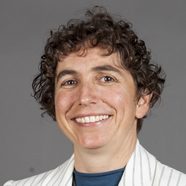 Sam Bolton
Sam Bolton
Sam is the Executive Officer of Cycling and Walking Australia and New Zealand (CWANZ). She has over 25 years’ experience working in small business, consulting, stakeholder engagement, project management, research, government and business management. She brings skills in strategic planning, research, stakeholder engagement, and financial management, and an endless ability to talk about cycling. Her passion and enthusiasm for getting more people out walking and riding their bikes is what gets her up in the morning. That and the thought that it’s still not too late to become a professional cyclist. Sam holds a Master of Business Administration and a PhD from the University of Western Australia.
Previous Chairs
2022-2024 Tim Selby (Transport for NSW)
2021-2022 (Acting) Ben Cebuliak (Transport for NSW)
2020-2021 Sara Stace (Transport for NSW)
2018-2020 Craig Wooldridge (Department of Transport WA)
Members
Working Groups
Design Innovations Working Group
The CWANZ Design Innovations Working group includes industry and government professionals working in design innovations in the areas of walking and cycling. Their objectives include:
- Identifying new technologies, demonstration projects, best practices, research and standards for walking and cycling design improvements nationally and internationally; and
- Conducting peer review of guidelines, demonstration projects, tools and other initiatives for walking and cycling, and provide recommendations on what could be adopted by CWANZ members.
Among other tasks.
Projects completed include:
- Contraflow Cycling in Quiet Streets
- Use of Banana Detection Rails
- Review of Auckland Transport Urban Street Design Guide
- Review of tactical urbanism guidance
Cycling for Sustainable Cities Community of Practice
The Cycling for Sustainable Cities Community of Practice (CoP) is a forum for industry, government professionals and other people interested increasing cycling, and active transport in general. Its purpose is to discuss common challenges faced by CoP members relating to increasing the number of people riding bikes and share knowledge on ways to overcome those challenges.
The CoP is divided into roundtables, focusing on one of the CWANZ themes. The current roundtables are Behaviour Change and Active Transport Safety, with roundtables on Articulating the Benefits of Active Transport, Data and Information Sharing to be established in the future.
The roundtables meet every two months to discuss ideas, problem solving, and share information.
For further information and to apply to join either the Working Group or Community of Practice, please contact the Executive Officer.
